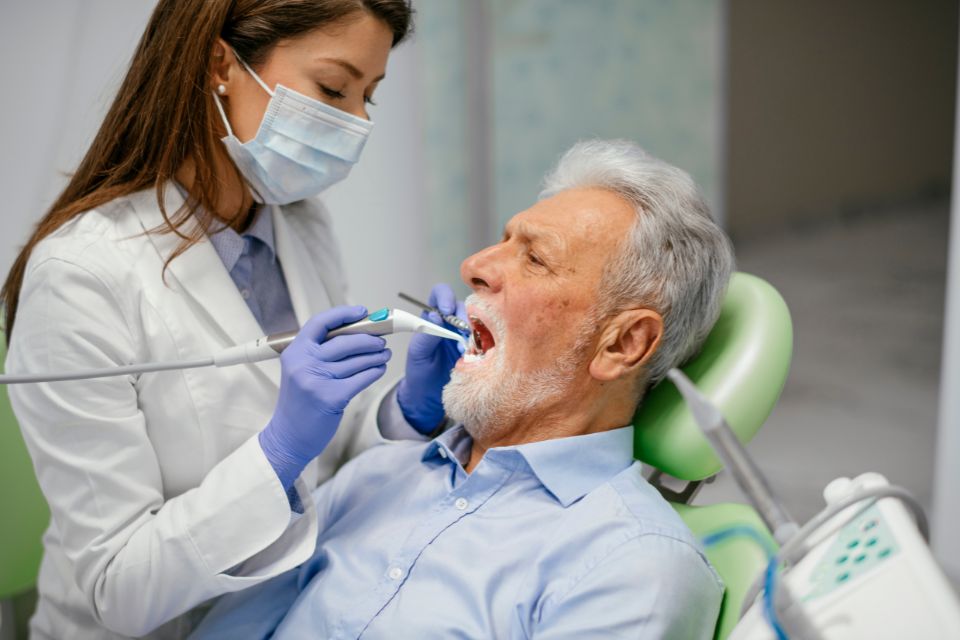Artery forceps play a crucial role in medical practice, serving as one of the most versatile and essential surgical instruments. Their primary function is to control bleeding by clamping blood vessels, making them indispensable in surgeries and emergency procedures. However, the scope of artery forceps extends beyond bleeding control, as they are used for tissue handling, suturing assistance, and other medical applications. Understanding the different applications of these instruments and the significance of artery forceps parts enhances their effectiveness in healthcare settings.
The Structure and Functionality of Artery Forceps
The design of artery forceps contributes to their efficiency in medical procedures. Each part plays a vital role in ensuring their functionality. The handle provides a secure grip, allowing surgeons and medical professionals to use them with precision. The ratchet mechanism locks the forceps in place, reducing the need for continuous manual pressure. The shank connects the handle to the jaws, facilitating smooth movement and flexibility. The box joint ensures proper alignment and structural stability, while the jaws grip blood vessels or tissues. Some forceps have serrated jaws for a firmer hold, while others have smooth jaws for delicate procedures.
Surgical Applications of Artery Forceps
The primary use of artery forceps is in surgical procedures, where they play a significant role in maintaining a clear and controlled environment. Their ability to clamp blood vessels helps prevent excessive bleeding, which is crucial for the success of surgeries. Surgeons rely on artery forceps to create a blood-free surgical field, ensuring better visibility and accuracy during operations. This function is particularly important in complex procedures such as neurosurgery, cardiovascular surgery, and orthopedic interventions.
Another important surgical application is the handling of delicate tissues. Artery forceps assist in grasping and stabilizing tissues, allowing surgeons to perform precise incisions and suturing. In cosmetic and reconstructive surgery, where precision is paramount, these forceps ensure minimal tissue trauma and optimal surgical outcomes. Their ability to hold tissues securely makes them a valuable tool in various specialized fields.
The Use of Artery Forceps in Emergency Medicine
Artery forceps are essential in emergency medical care, where rapid intervention is necessary to stabilize patients. In trauma cases, excessive bleeding can be life-threatening, and immediate control is required to prevent complications. Emergency medical teams and paramedics use artery forceps to clamp bleeding vessels at accident scenes before patients are transported to hospitals. Their ability to provide immediate bleeding control makes them a critical instrument in life-saving interventions.
Beyond trauma care, artery forceps are used in field surgeries and military medicine. In combat zones and disaster relief missions, medical professionals rely on these instruments to perform emergency procedures with limited resources. Their portability and effectiveness make them a valuable tool in unpredictable environments where quick action is essential.
Dental and Veterinary Applications of Artery Forceps
The scope of artery forceps extends beyond human medical practice, as they are also widely used in dentistry and veterinary medicine. In dental procedures, these forceps help manage bleeding and handle soft tissues during tooth extractions, gum surgeries, and other oral interventions. Dentists use them to hold tissues in place while performing delicate procedures, ensuring better control and precision.
Veterinarians also utilize artery forceps in surgical procedures on animals. Whether performing spay and neuter surgeries or treating injuries, veterinarians rely on artery forceps to control bleeding and handle tissues effectively. Their role in veterinary practice is just as significant as in human medicine, as they contribute to the success of surgical interventions and post-operative recovery.
The Role of Artery Forceps in Non-Surgical Medical Procedures
While artery forceps are primarily known for their surgical applications, their scope extends to non-surgical procedures as well. They are used in wound management, where they assist in cleaning and debriding wounds. By holding tissues apart, they allow healthcare professionals to examine and treat wounds more effectively. This function is particularly useful in burn treatment and chronic wound care, where precision is required to prevent infections and promote healing.
Artery forceps also play a role in medical research and laboratory settings. Researchers use them for handling delicate specimens and biological samples during experiments. Their precision and control make them an essential tool in scientific studies that require careful manipulation of tissues and materials.
Innovations and Advancements in Artery Forceps
Medical technology continues to advance, leading to improvements in the design and functionality of artery forceps. Modern forceps are made from high-quality stainless steel, which enhances their durability and resistance to corrosion. Some designs incorporate ergonomic handles to improve grip and reduce hand fatigue for medical professionals who use them for extended periods.
Another innovation is the introduction of non-stick coatings, which prevent tissues from adhering to the jaws of the forceps. This advancement reduces surgical interruptions and improves efficiency. Additionally, some artery forceps are designed for single-use, ensuring maximum sterility and eliminating the risk of cross-contamination. These innovations contribute to the continued reliability and effectiveness of artery forceps in medical practice.
Sterilization and Maintenance of Artery Forceps
To ensure their effectiveness, artery forceps must be properly sterilized and maintained. Since they come into direct contact with blood and tissues, thorough cleaning is necessary to prevent infections. Autoclaving is the most commonly used sterilization method, as it effectively eliminates bacteria and other harmful microorganisms. Ensuring that artery forceps are free from contaminants is crucial for patient safety and infection control.
Regular maintenance is also important to keep artery forceps in optimal working condition. Medical professionals inspect them for signs of wear or damage, particularly in the ratchet mechanism, which must function properly to provide a secure grip. If any part of the forceps becomes defective, it should be replaced to avoid complications during procedures. Proper care and handling extend the lifespan of these essential surgical instruments, ensuring their reliability in various medical applications.
Conclusion
The scope of artery forceps in medical practice is vast, covering surgical, emergency, dental, and veterinary applications. Their ability to control bleeding, handle delicate tissues, and assist in various procedures makes them indispensable in healthcare. Understanding artery forceps parts and their functions enhances their use in different medical settings, contributing to improved patient care and successful medical outcomes. With continuous advancements in design and materials, artery forceps remain a fundamental component of modern medicine, ensuring efficiency and precision in medical interventions.
More info: Artema Medical



